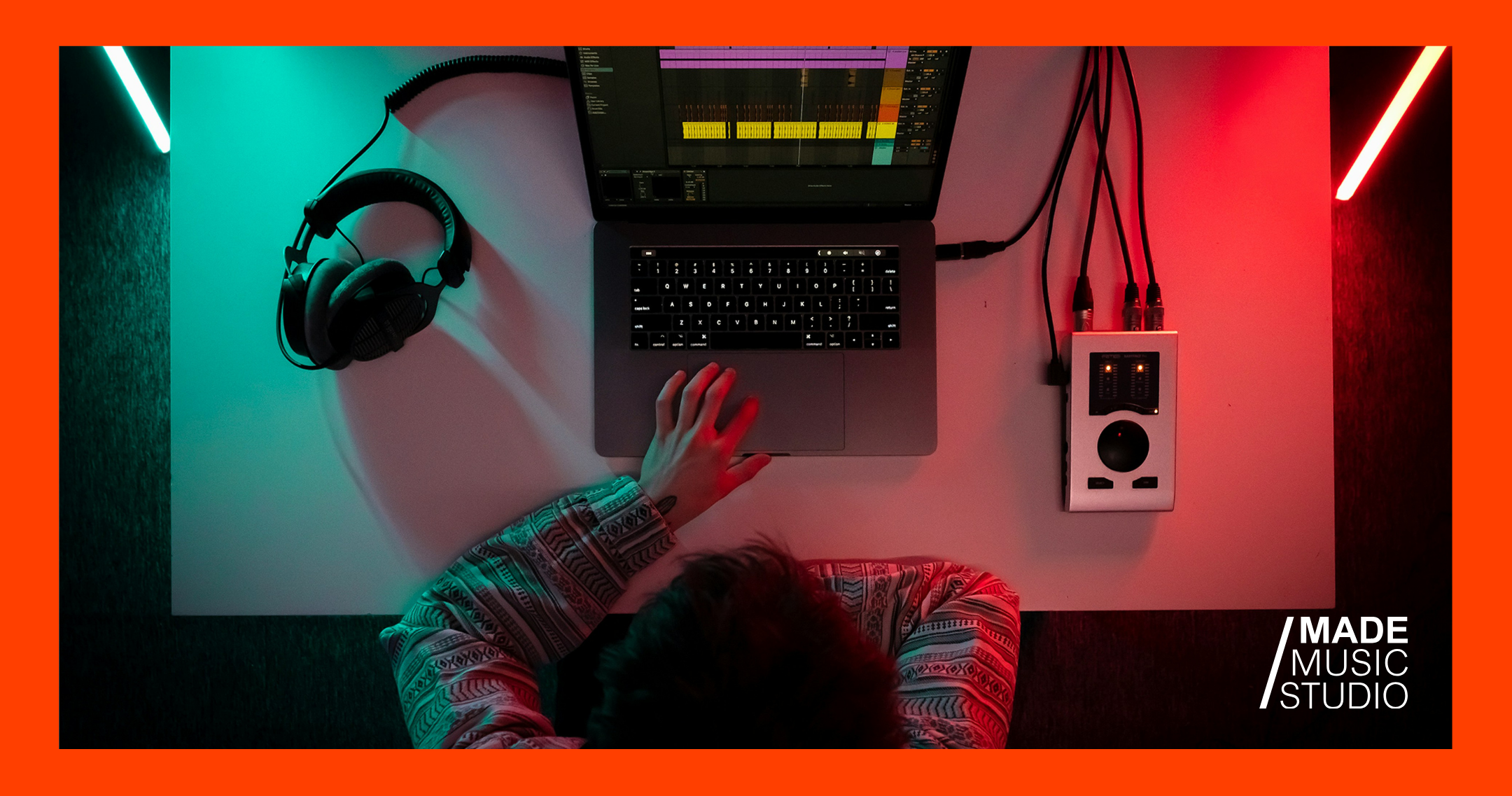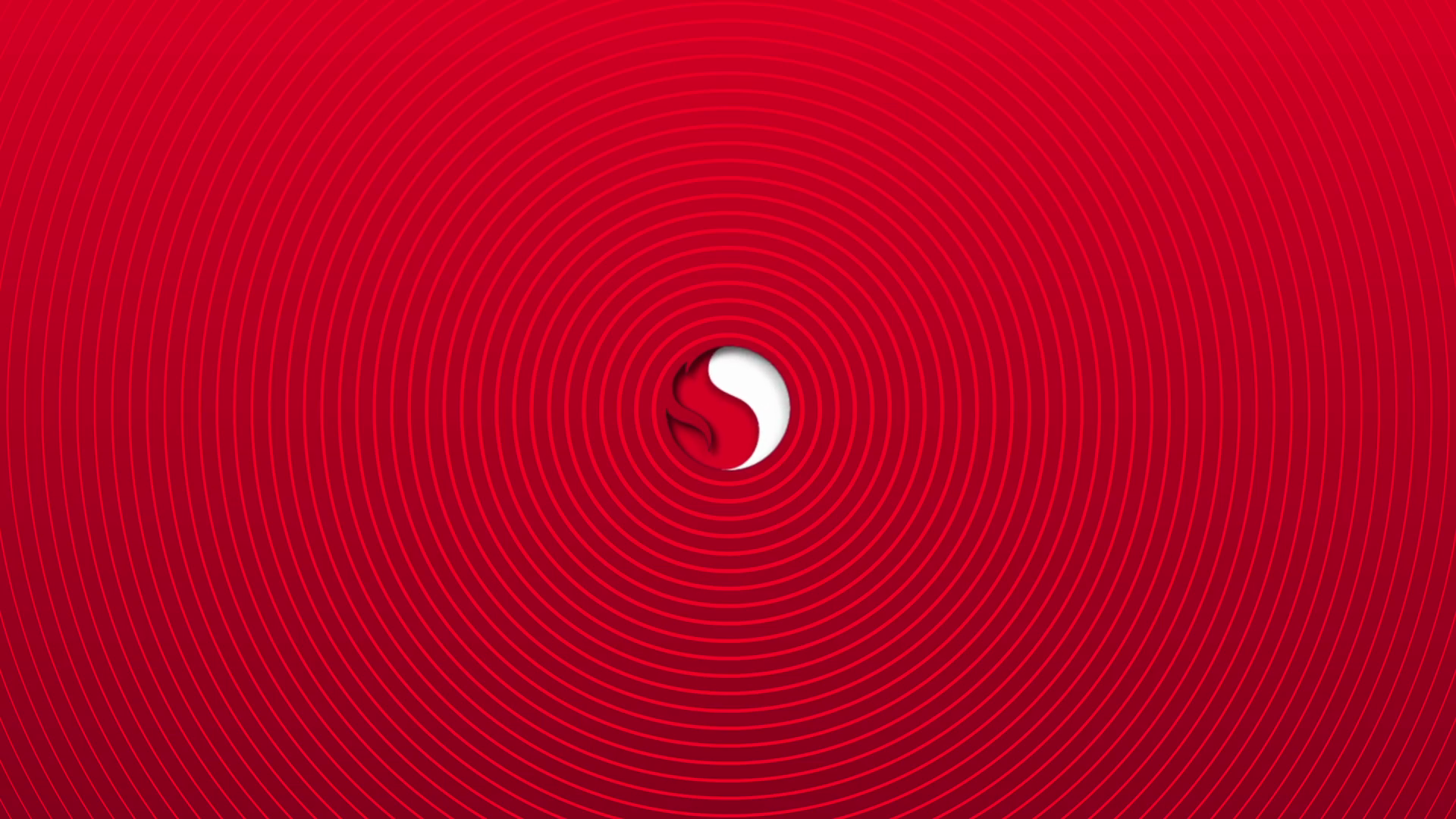5 Expert Tips for Using Your Sonic Logo in Advertising Campaigns
So you’ve done it — you’ve created a new sonic identity, and now it’s time to make it heard.
At the center of it is your sonic logo. This bite-sized audio signature has the potential to increase KPIs like brand attribution, awareness and recall, but only if you have an effective strategy in mind. This involves not just a scalable plan for rollout, but specifics on how your sonic logo should be integrated into new and existing brand content. Will your sonic logo be placed at the beginning or end of your social ad? How will it tie in with your endcard animation? Is the voiceover in the way?
We get it: governance can be tricky, especially when it comes to scaling for global teams or partner agencies. We’re here to help with a cheat sheet of sonic logo best practices for you and your team to keep in mind.
Whether you’re introducing a new sonic asset to market or looking to step up your game on integration, these top 5 tips will get you one step closer to that brand impact you’re looking for.
What is a Sonic Logo?
A sonic logo is a shortform audio signature designed specifically for your brand. It’s the core of your sonic identity, expressing your brand's personality and values in the span of just a few seconds.
Think of a sonic logo as analogous to your visual logo: uniquely crafted, critical to your brand toolkit and serving as an instant memory trigger that increase recognition, attribution and emotional appeal. Your sonic logo typically works in concert with not just the rest of your sonic identity system, but with your visual assets, making for the perfect branding dance partners.
Why are Sonic Logos Important?
Sound is no longer a nice-to-have, but a necessary part of a complete brand toolkit. Consumers are now spending more time on sound-on platforms like TikTok, streaming and podcasts. And as consumer behavior shifts, marketers need to adapt and meet audiences where they are. What's more? When done right, sonic logos actually offer a measurable competitive advantage:
“Research shows that there is a 191% increase in brand awareness when sonic assets are used in short-form advertising — compared to 14% when the brand name alone is mentioned.”
Source: System1 - “The Long & The Short (Form) of It”
All of that brand impact, with a few notes of ownable music. But you’ll only reach that level of effectiveness if you integrate your sonic logo correctly, and use it far and wide.
5 Tips for Making the Most of Your Sonic Logo
Tip #1: Be Consistent
A sonic logo doesn’t become famous overnight. Brands like McDonald’s, Cricket Wireless and AT&T have made their audio brands unforgettable by committing to saturation over years. If you want your sonic logo to drive results and become part of the culture, you need to be consistent. This means thinking beyond a single broadcast campaign, and integrating your sonic logo everywhere your brand is heard: digital content, social media, podcasts, in-store and at events.
This consistency reinforces your sonic identity touchpoints, serving as a memory trigger for your brand and what it stands for. In short: the more your audience hears your sonic logo, the more likely it is to live rent-free in their minds.
Tip #2: Match It with Your Endcard Animation
The key to creating real impact in a sound-on world is through multisensory branding — in this case, combining sound and visuals. When your endcard animation and sonic logo are aligned, you strengthen your storytelling and create a more unified brand experience.
For example, Snapdragon’s endcard uses the motif of a heartbeat it both its animation and sonic logo, effectively expressing the brand’s positon as “the heart of your PC” in one memorable moment:
Endcard Animation: Snapdragon | Sonic Logo
Here are a few best practices for matching your sonic logo with your endcard:
Begin visual movement precisely at the top of your sonic logo
Consider syncing your sonic logo’s key notes with animated accents or flourishes
Ensure that your motion graphics reflect the energy of the sonic logo
This audio-visual synchronization makes your endcard more cohesive and memorable, with your sonic logo becoming more recognizable along the way.
Tip #3: Make It Heard
Your sonic logo should never compete for attention — it should be heard loud and clear whenever and wherever it’s integrated. Because if your sonic logo is buried in the audio mix across content, you’re not just frustrating your listeners, but you’re also missing out on valuable ROI.
To highlight your sonic logo:
Let outgoing music resolve naturally before the sonic logo plays
Avoid overlapping with voiceover whenever possible
If your V/O must be played at the same time, ensure the sonic logo is prominent in the final mix
Don’t bury your sonic logo under campaign music, product sounds or other effects
Keep your brand’s audio guidelines consistent across internal teams, partners and content creators
Tip #4: Switch Up the Placement
It’s a common misconception that a sonic logo must live at the end of an ad. But audio research shows you can (and should!) get creative:
“A recent study by Sentient Decision Science found that while a sonic logo improved podcast ad performance no matter where it was placed, placing a sonic logo at both the beginning and end of the ad lifted emotional appeal by a whopping 41%.”
Strategic sonic logo placement can dramatically enhance emotional impact and audience engagement, especially in short-form content like TikToks and YouTube Shorts, where attention span is particularly low. To counter this, you might consider experimenting with where your sonic logo is placed across platforms and content. When placed at the opening of an ad, the sonic logo grabs attention and signals brand presence. At the end? It reinforces memory. You can even integrate your sonic logo throughout your campaign underscore, which leads us to...
Tip #5: Consider Custom Music Arrangements
Brands are limited in the types of music they can use in content. Popular music must be properly licensed, which can come at a high cost — or legal repercussions, if you’re not careful on social media platforms — and stock music is not unique to your brand. But with your sonic logo and a bit of creative innovation, this challenge can be an opportunity.
You can opt to incorporate your sonic logo directly into a campaign underscore, creating a seamless integration and an arrangement that is exclusive to your brand only. For Kroger’s 2025 holiday campaign, the brand chose to create an original score that subtly integrates their sonic logo melody, both increasing emotional appeal and standing out from traditional campaign music during a busy time of year:
Original Score: Kroger | “Operation: Gingerbread”
Several global brands have also embraced this solution at scale via Continuum™, Made Music Studio’s all-in-one music platform, by integrating their sonic logo into on-brand tracks. This custom creative ensures:
Brand safety, meaning no legal headaches for using unapproved tracks
Consistent sonic expression that deepens familiarity and recall
More flexibility for creators and influencers
A sonic logo is one of the most powerful assets in a modern brand toolkit. But to see long-term results, you need a plan for strategic implementation, from a rollout plan that builds consistency to guidelines for editing alongside V/O.
Need support implementing your sonic logo across advertising, digital or social content? Looking for custom creative that integrates your sonic logo? Reach out to the Made Music Studio + Continuum team — we’re ready to help bring your sound to life.



